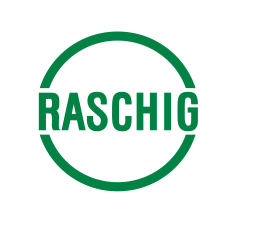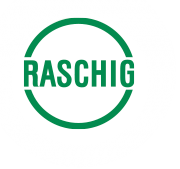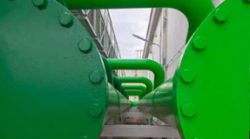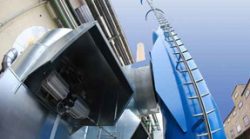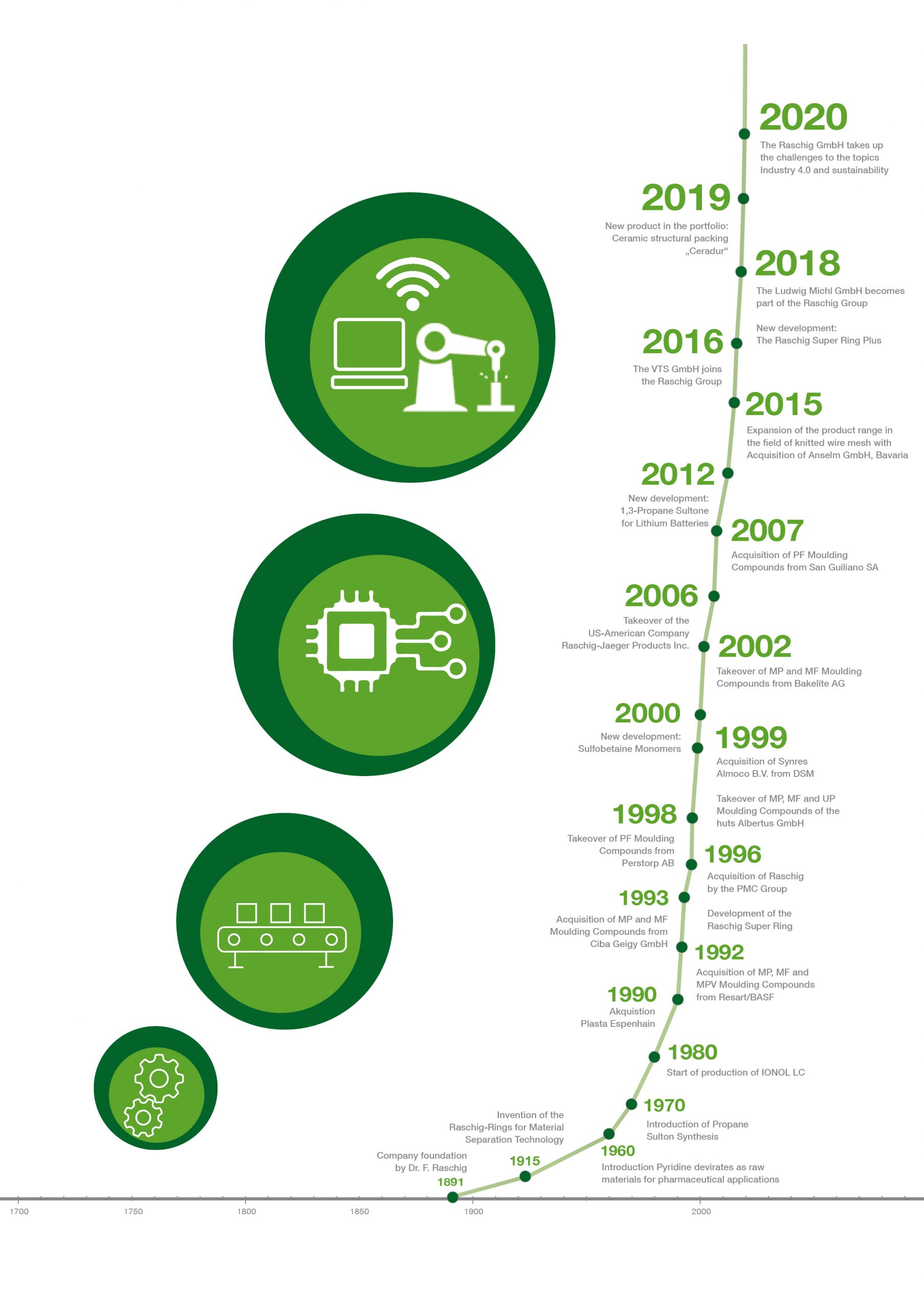
2019 The product portfolio of RASCHIG GmbH is expanded to include the ceramic structured packing for corrosive media – “Ceradur”
2018 Patenting the “RASCHIG Super-Ring Plus” to enables our customers to use new high-performance packings
2018 Ludwig Michl GmbH becomes part of the RASCHIG Group. RASCHIG is expanding its portfolio in the sector of mass transfer trays and is striving to achieve corresponding synergies from this cooperation.
2016 VTS GmbH joined the RASCHIG group, to support our customers with engineering services.
2020 In addition to Industry 4.0, the themes revolving around sustainability are also discussed in the world economic forums. CO2 commerce, conservation of resources and sustainability are the themes of the future for generations.
2015 RASCHIG acquires Anselm GmbH & Co., Weissenburg, Bavaria for the segment knitted wire mesh products.
2015 Industry 4.0 is advancing and enables a smart factory, smart products, individualisation and mobility with more value creation and transparency.
2012 Further development: RASCHIG starts with production of high-purity 1.3 Propane Sulton for Lithium Ions based batteries
2007 RASCHIG takes over the glass fiber reinforced Phenol/Formaldehyde Moulding Compounds of San Guiliano SA in Milan
2006 RASCHIG Group acquired the US company, Jaeger Products Inc., which was renamed RASCHIG USA Inc. in 2013.
2002 RASCHIG takes over the Melamine/Phenol and Melamine/Formaldehyde Moulding Compounds of Bakelite AG
2010 International and European agreements follow. Roadmap 2050, Reach, ISO and EU standards, climate protection and finance markets exercise influence.
2000 RASCHIG implements the production of sulfobetaine monomers for use in paints, coating materials and Pressure Sensitive Adhesives (PSA)
2000 The internationally increasing competitive pressure leads to the relocation of traditional companies to newly industrialised countries. This includes expansion into new markets at the beginning of the 21st century.
1999 By acquisition of Synres Almoco B.V. from DSM, the Plastics Division of RASCHIG expands its product portfolio to include DAP/DAIP, Silicone and Epoxy Moulding Compounds
1999 RASCHIG takes over the Melamine/Phenol, Melamine/Formaldehyde and unsaturated Polyester Moulding Compounds of SWC/ Hüttenes Albertus GmbH
1998 Expansion of the Phenol/Formaldehyde Moulding Compound portfolio through the acquisition of corresponding products from Perstorp AB Sweden
1996 The “RASCHIG Super-Ring” and the “RASCHIG Super-Pak” are patented. Consequently, Raschig strengthens its portfolio with additional high-performance products
1996 RASCHIG GmbH is taken over by the PMC Group
1993 Expansion of the Melamine/Phenol and Melamine/Formaldehyde Moulding Compound product range through acquisition of the portfolio of Ciba Geigy GmbH
1992 Start of production of Melamine/Phenol and Melamine/Formaldehyde Moulding Compounds at the Espenhain site, based on products acquired from Resart GmbH / BASF AG
1990 Expansion of the number of production sites of the Plastics Division through acquisition of Plasta Espenhain in the south of Leipzig.
1980 The production of IONOL LC antioxidant for latex-, rubber- polymers starts
1990 Globalisation became the driving economic force with growth rates in the streams of commerce from 1990 to 2011 of 8% to 24%. The focus was also on the acquisition of brand rights, patents and certificates. Brand protection becomes a theme. The start of the Internet age follows, as well as incipient commercialisation in the WWW. World Wide Web as of 1990
1970 RASCHIG begins with the synthesis of Propane Sulton products
1970 The Microelectronic Revolution, also known as Industry 3.0. The computer becomes a further development milestone as of 1970.
1960 The production of pyridine derivatives, as raw materials for the pharmaceuticals industry (API) is established at RASCHIG.
1936 The start of the second industrial revolution in 1936 with the development of mass production – production through assembly line work.
1915 The “RASCHIG ring” is patented. It is known worldwide as the first packing for distillation processes.
1915 Accelerated development of technology and productivity, as well as of science for the start of Industry 2.0 at the beginning of 1915.
1891 Foundation of the company by Dr. F. Raschig
1870 Industry 1.0. Industrial Revolution around 1870, with drastic, permanent reshaping of economic and social relations.
